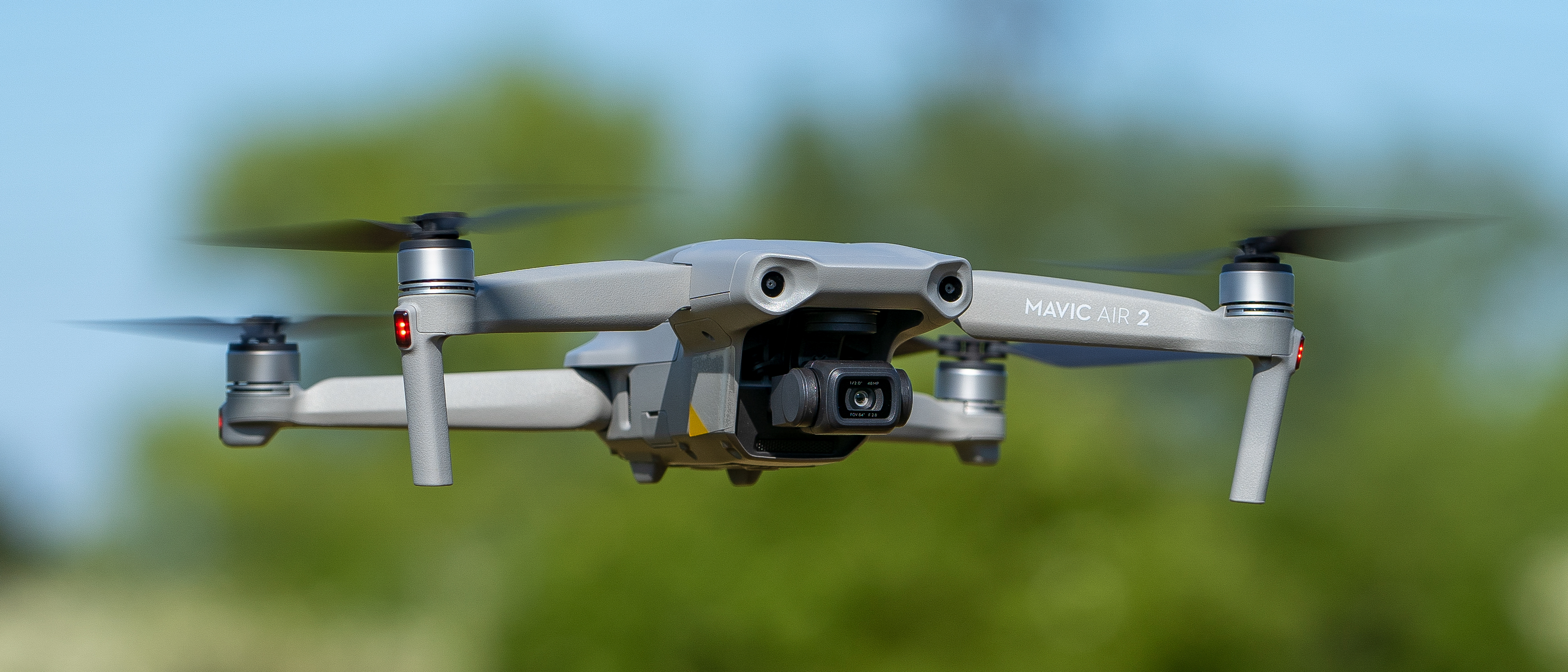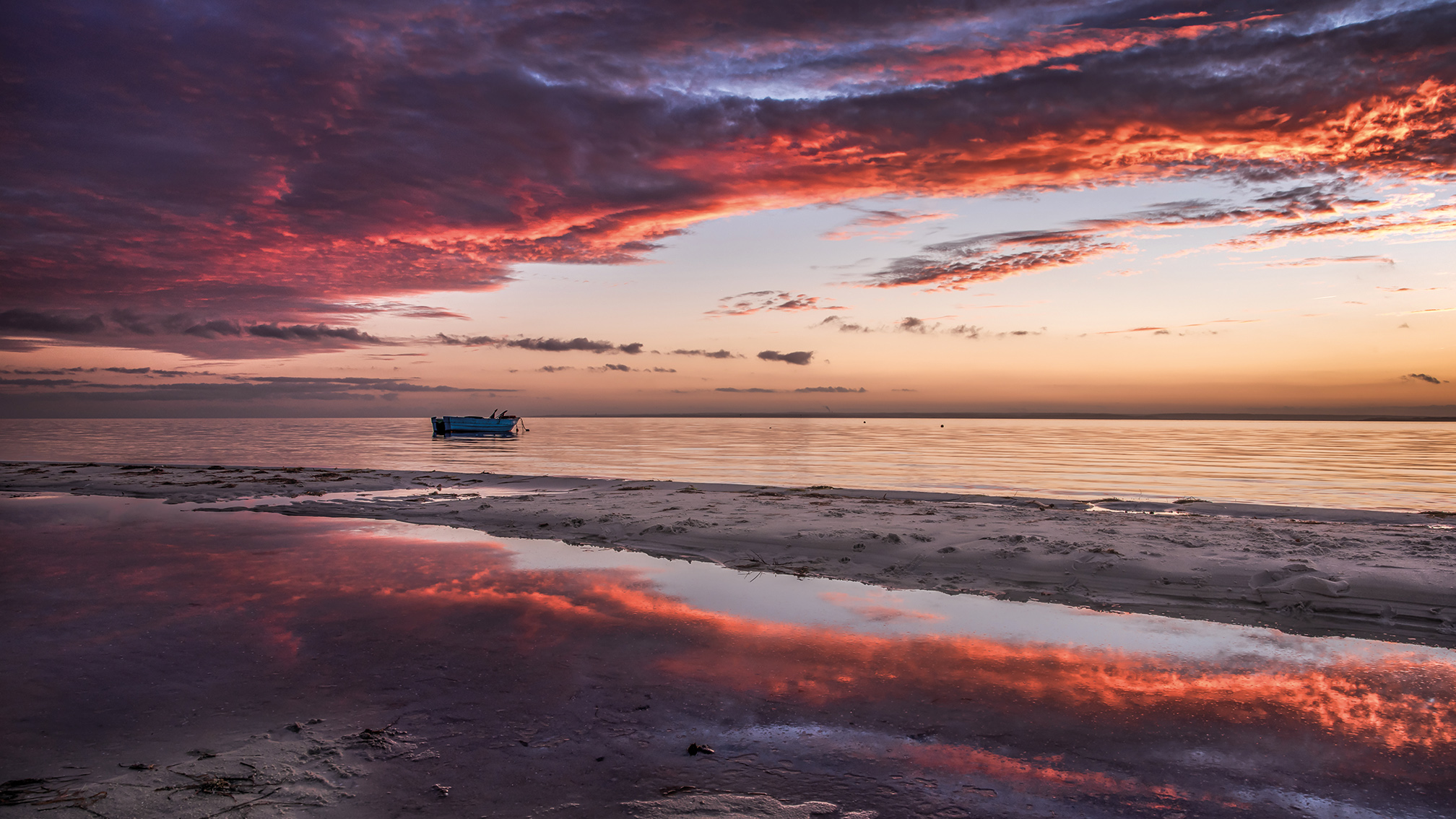Digital Camera World Verdict
The DJI Mavic Air 2 is a massive improvement on its predecessor (and for action fans the best Mavic full stop). It has a better camera, great range and far better flight times. The software has some niggles, but the AI is impressive, and the drone extremely capable in the air. Safety features are good too, though some will undoubtedly grumble about the lack of 360° collision sensors.
Pros
- +
Stunning 60fps 4K video
- +
1/2 inch sensor
- +
Nimble in the air
- +
AI Tracking
Cons
- -
No side or top sensors
- -
Internal storage could be bigger
- -
App feels a little limited
Why you can trust Digital Camera World
The new Mavic Air 2 is the latest generation of the DJI dynasty. The Mavic range is DJI's family of consumer camera drones; the folding design has cascaded down from the Mavic (launched in August 2018), through to the recent super lightweight Mavic Mini (which arrived late 2019). The only outlier was the origial Mavic Air, from early 2018. Its friendly styling, in a choice of hues, was a plus, but even at launch the Mavic Air had some major drawbacks; it’s battery life was poor and range very disappointing.
The world beyond DJI has been marching on apace too. The Air’s natural market might be thought of as people looking for a ‘flying GoPro,’ to capture family fun or content for branding. The Slow-mo possibilities offered by 60fps at the now de rigueur 4K are what the market wants, and recent entries (like the Powervision PowerEgg X) deliver. With the Mavic Air – and the Mavic 2 Pro for that matter – only offering 4K at 30fps, customers heads were turning.

Enter the Mavic Air 2
The DJI Mavic Air 2 dispenses with its predecessor’s stand-out styling and makes its Mavic heritage very clear with styling so close to the Mavic 2 it’s hard to spot the difference at first glance. That design approach has advantages which are difficult to ignore; it folds small (180x97x84mm) but opens to a good size (183x253mm). That, in turn, makes it very nimble in the air – something the beefier 3500mAh battery helps with, meaning the 570g take-off weight (up from the original) isn’t really a problem, especially since the maximum flight time is up to 34 minutes (the original Air claimed 21).
See also DJI Mini 2 vs Mavic Air 2
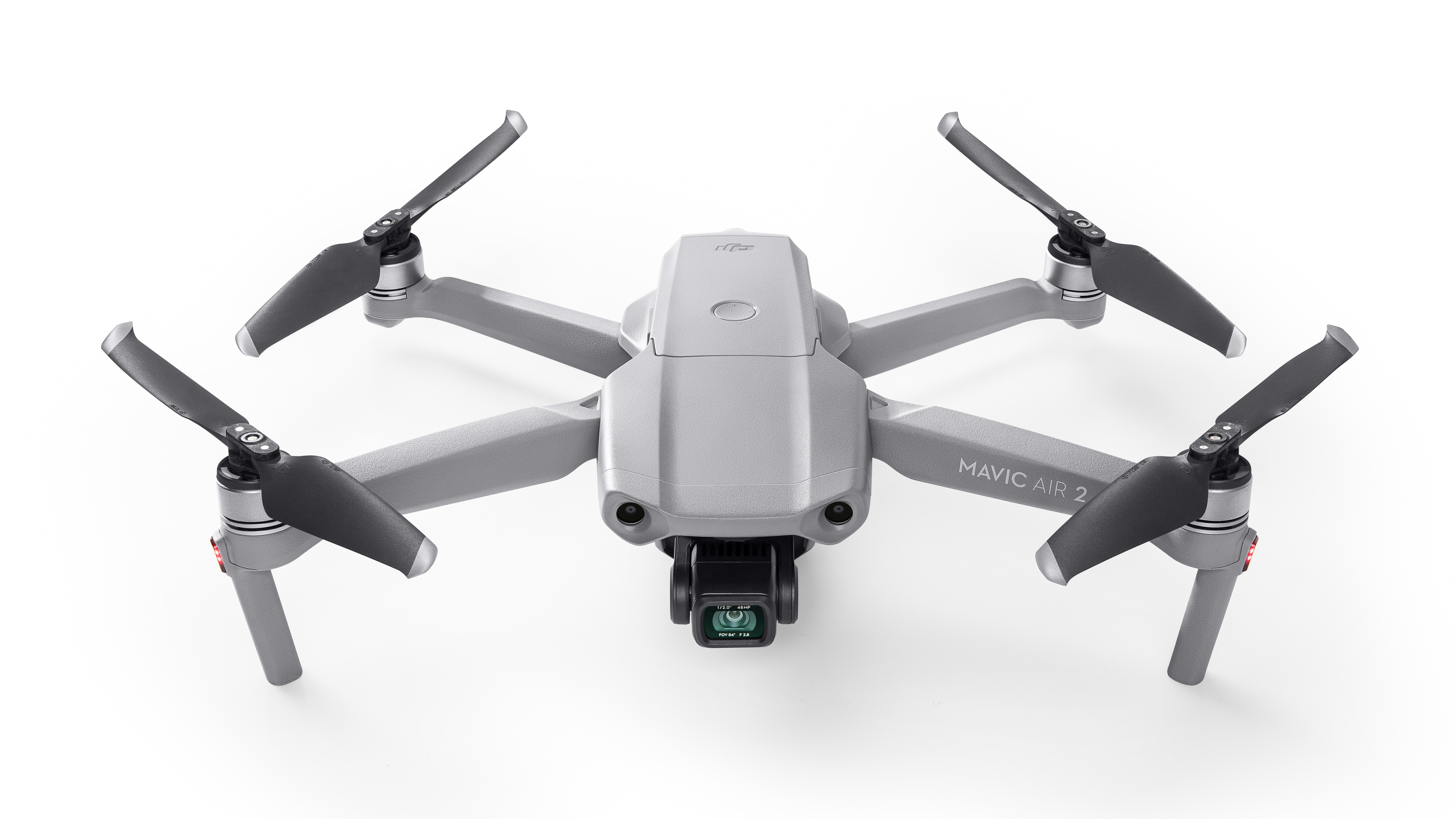
For photographers, the 48-megapixel mode might be the headline grabber, though 4K at 60fps (or with HDR at 30fps), recorded in H.265 (or up to 240fps at 1080p) is even more exciting for video fans. Better yet, the bit rate is up to 120 Mbps, appreciable in the stunning video quality.
SmartPhoto scene recognition assists the camera in choosing settings, and automated QuickShots are there too, the latter benefiting from ActiveTrack 3.0 – the feature which identifies and follows subjects, even if they briefly pop out of view. “HyperLapse” timelapses are also built in, with 8K Hyperlapse promised for mid-May via a firmware update.
New controller
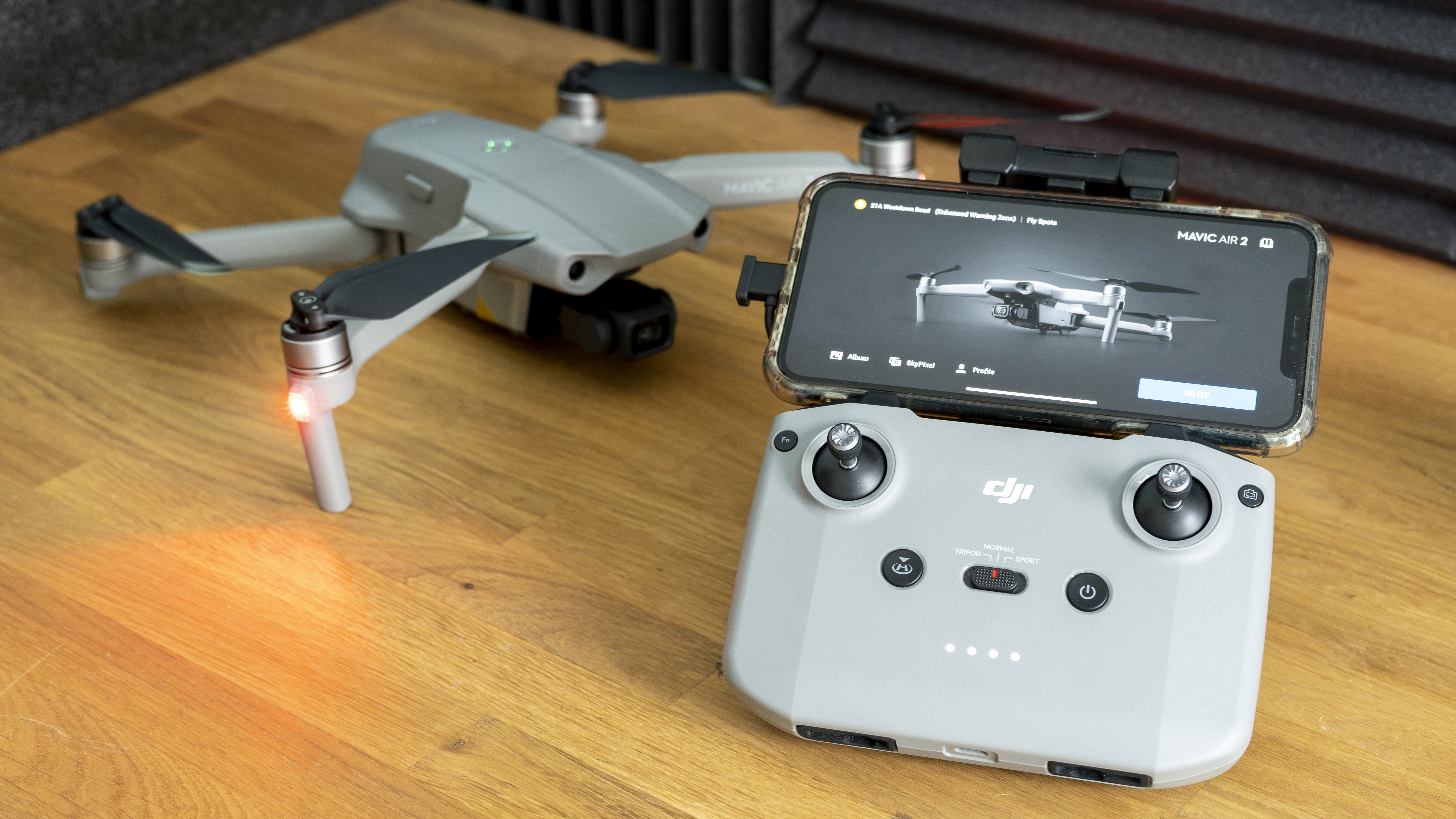
Oddly, while the new drone takes all its styling cues from its smaller and bigger brothers, the controller marks a sharp departure from the established compact folding grip design. It was introduced with the first Mavic in 2016 and, in one form or another, has come with every model since. The new version may raise eyebrows, but I have to report a strong preference for it.
The new Mavic Air 2 remote puts the phone at the top, and allows more size flexibility. A sprung grip (with in-built antennas) slides from the top and clamps your phone in place. I thought the rubber grips would keep pressing my iPhone Pro’s side buttons, but it did not. If I had to grumble, I’d say the power indicators lights are hard to see in daylight.
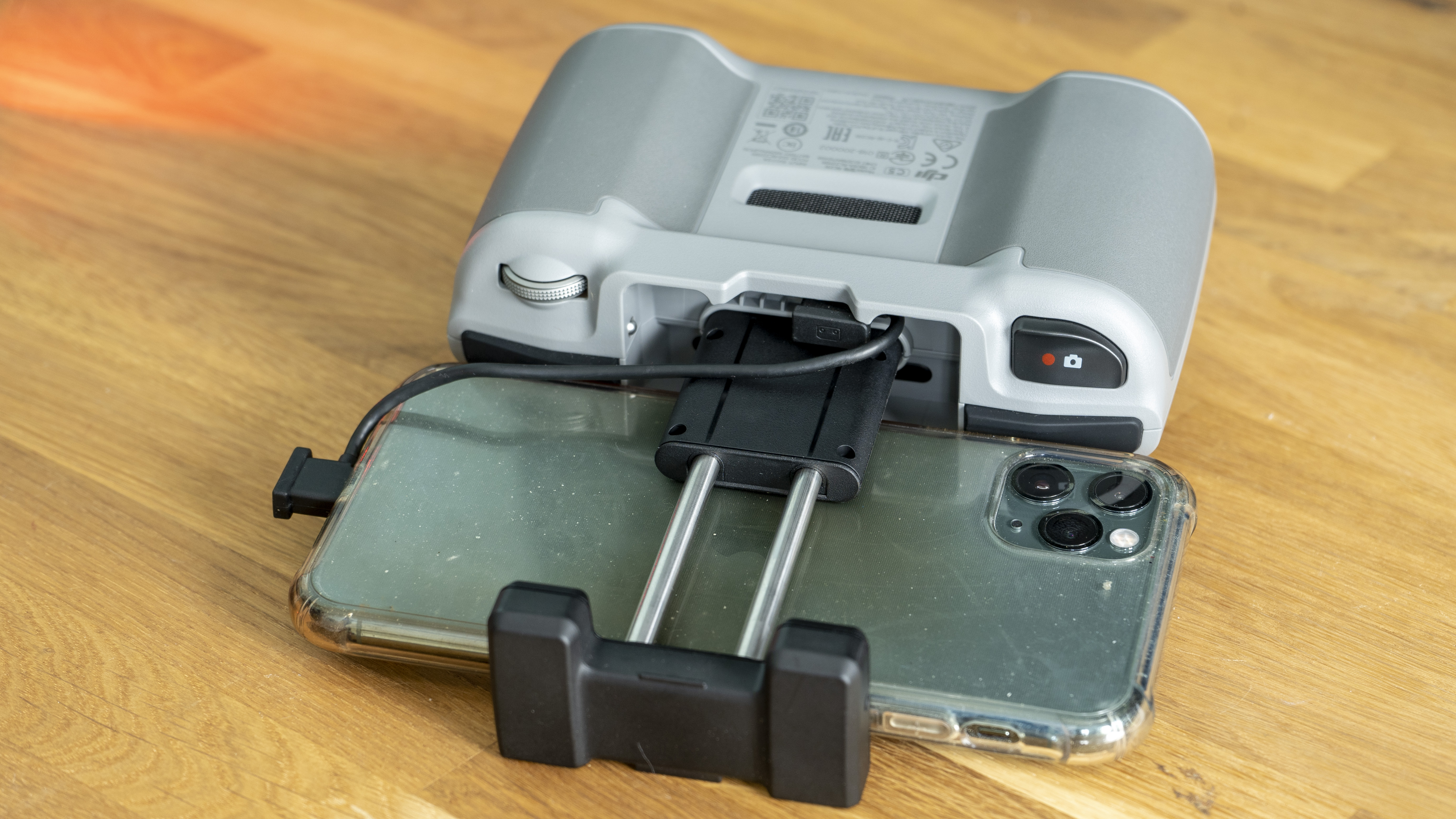
Under the grip you find a storage area for your chosen phone connector (Apple Lightning/USB-C/Micro-USB are all in the box). It’s neat; a touch fiddly but secure. The remote is comfortable, and I much prefer having the screen above (as on higher-end drones). The only slight down-side is that you need to support the weight of your phone above your hands, but this didn’t seem too problematic in exchange for the better view.
Alongside all the usual controls is a function button, which operates the LED be default. Inside, however, a much more significant improvement: OccuSync 2. It automatically switches radio channels to offer up to 10km range – not something I can test in the UK, but I can say that the gorgeous HD 1080p live feedback never seemed to cut out up to 500m, which definitely wasn’t true of the original Air.
DJI Fly
First seen with the Mavic Mini, this is a distinctly less ‘busy’ variant of DJI’s control software making it easier to find the functions you need. It’s designed for less experienced pilots, removing screen clutter and adopting a styling more akin to a phone’s camera app. Personally I prefer DJI GO 4, if only for the battery meter.
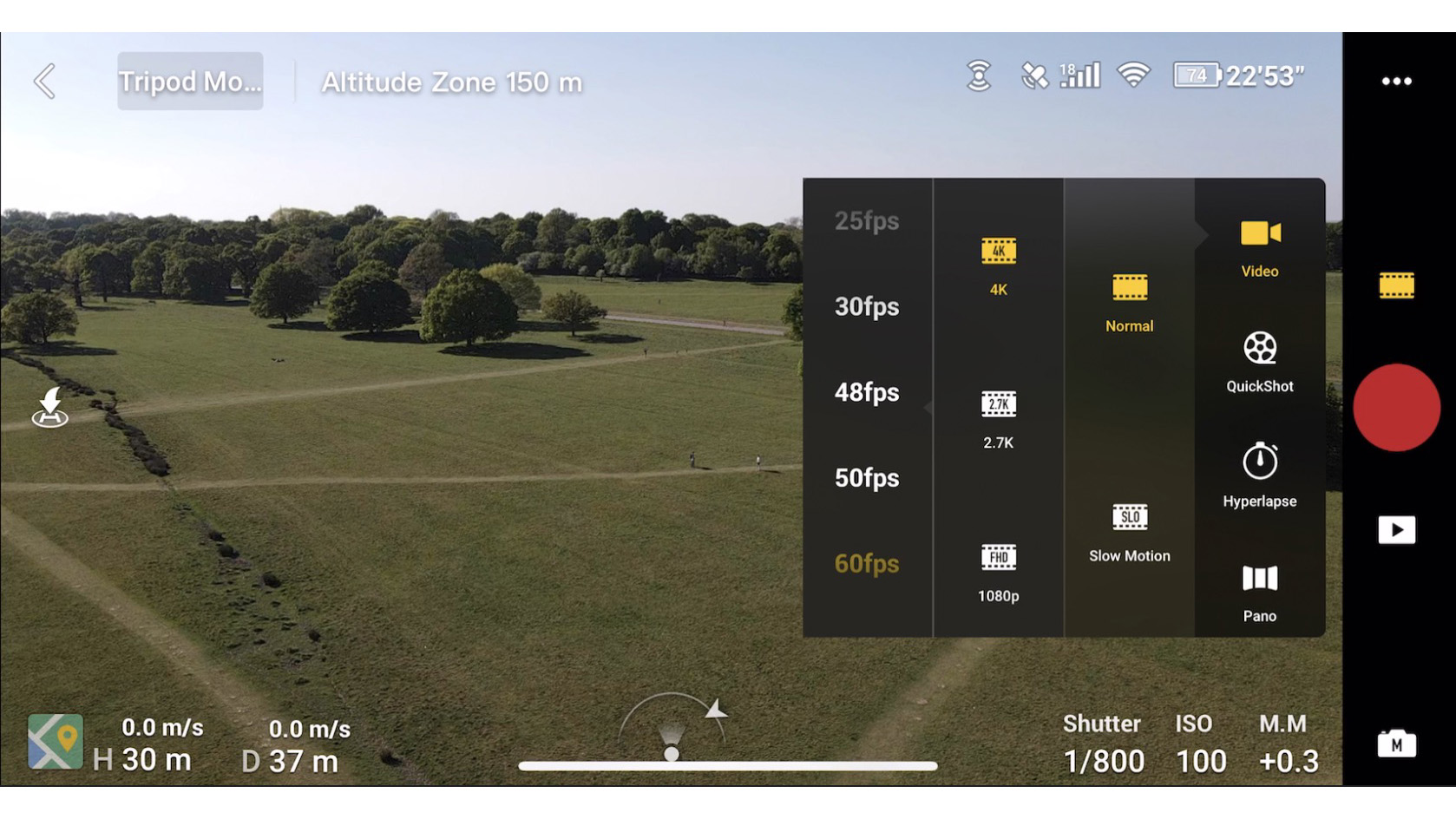
Switching camera modes brings up a pop up menu with the different options to choose (Camera, Video, QuickShot, Hyperlapse, and – though you can’t immediately see it without scrolling – Panoramas. When you can see Pano, Camera slides off the top. The sub-options can also scroll. Once you’re used to it, though, it’s a non-issue.
On the plus side, mini-tutorials for the QuickShots are handy and not at all intrusive, and the collision sensor ‘hot spots’ at the top and bottom of the screen are handy without being obtrusive.
The downloading and post-processing required for the QuickShots limits them to 30fps which is fine, but it is irksome that you need to save enough battery in the drone – and keep it and the controller on – for the transfer to the app (and your phone). It’s not difficult, and a familiar step to DJI users, but it can still add some frustration. Ultimately, though, the fact the processing of these very sharable clips takes place in the app is no real issue – that’s probably where you’ll share them from!
Video and photos, as well as panoramas and time-lapse videos (which are processed when captured) can also be downloaded from the SD card later, or, if you use the drones local 8Gb storage, via the aircraft’s USB-C port. That memory, by the way, should be a last resort, as some features use it.
The Mavic Air 2 camera
You can shoot in standard or 48-megapixel mode – the fact there is a distinction could be argued to be something of an indictment of quad-Bayer filters, but DJI seem to have mastered the demosaicing to make decent HDR video footage and 48-megapixel stills (which save at over 18Mb as JPEG).
The 1/2-inch sensor is a little bigger than the 1/2.3-inch found on the Air. (Note: 1/2-inch is a diagonal measurement, so it’s actually a quarter the area of the Mavic 2 Pro’s 1-inch sensor)
Serious editors will also be pleased that D-Cinelike is an option, and video can be captured using H.265 or H.264, while both stills and video benefit from touch-to-expose, exposure lock and manual exposure options, so the camera provides as much creative control as most need, and in my short testing time I found the quality comfortably above anything in the price bracket. I was irritated that the camera didn’t keep manual settings as you switched from video to stills, or changed resolution settings, but, again, it’s just something you learn to keep an eye on.
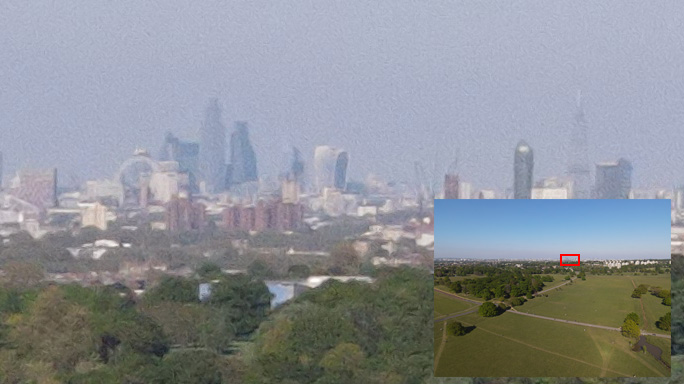
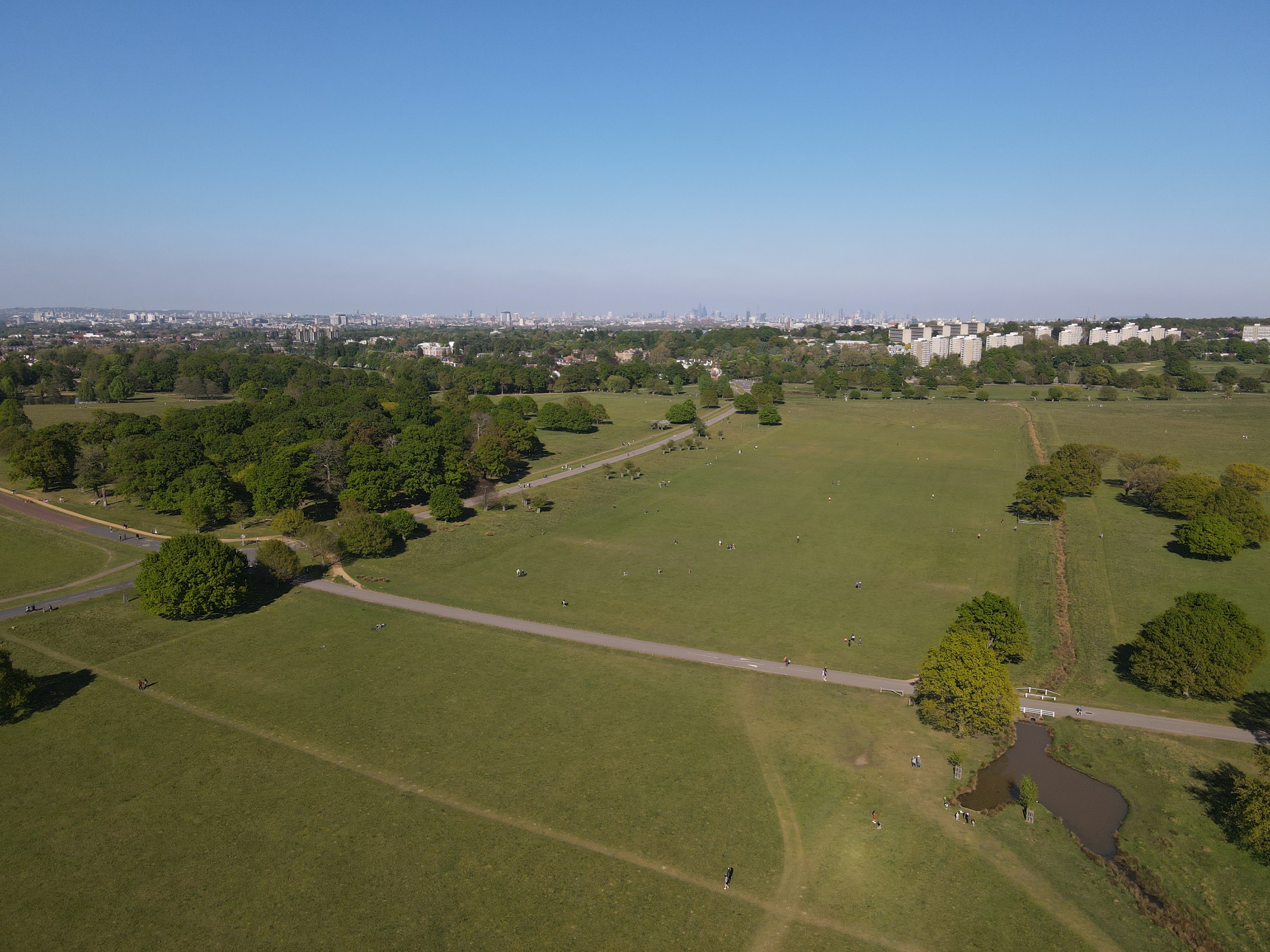

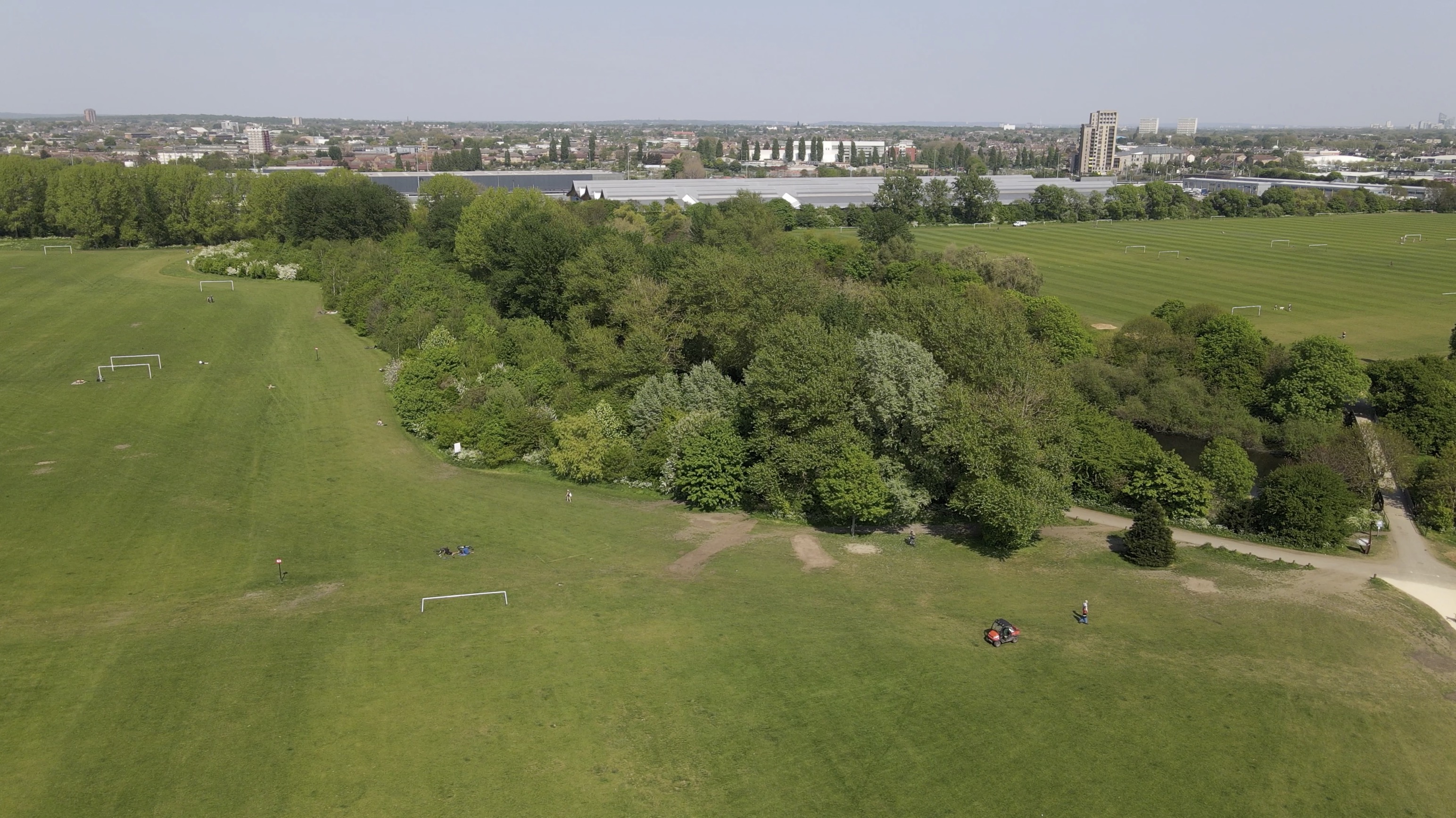
The video is crisp but not over-sharpened – exploring them on screen gives you a feeling of omnipotence. The 3-axis gimbal plays a part here too, meaning vibration isn’t picked up in photos and videos. Only if you rip through the air in ‘Sport’ mode (up to 68kph/42mph) then take a sharp turn might you the gimbal jerk to re-position the camera. Making sharp turns at high speed is pretty unlikely if you’re looking for quality video, though. There is also an FPV mode in which the camera will bank with the drone rather than keep a level horizon – fun for racing through an obstacle course.
Sample footage, shot with DJI Mavic Air
Smart tech
Not only does ‘FocusTrack’ (DJI’s umbrella term for their smart systems) bolster QuickShots, the pre-programmed effects like Orbit, but it can also be used to track a subject. You can select a subject and allow the camera to track it as you control the aircraft. This system, using ActiveTrack tech seen Inspire 2, enables anyone to get professional sweeping shots. Unlike the Inspire, though, the Mavic Air 2 doesn’t have an always-forward FPV camera, so taking advantage of this feature is best done when you’re confident of the controls.
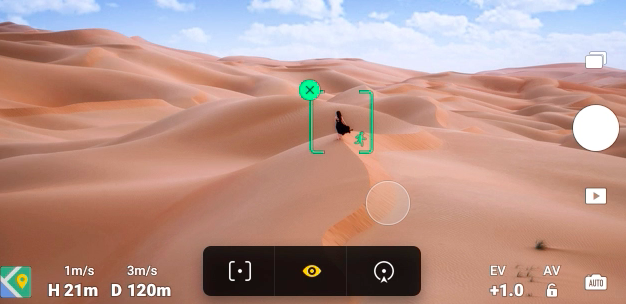
While it’s less ‘smart,’ the easy access to Tripod mode – in which the drone moves deliberately slowly – is also surprisingly helpful for getting great video.
In flight
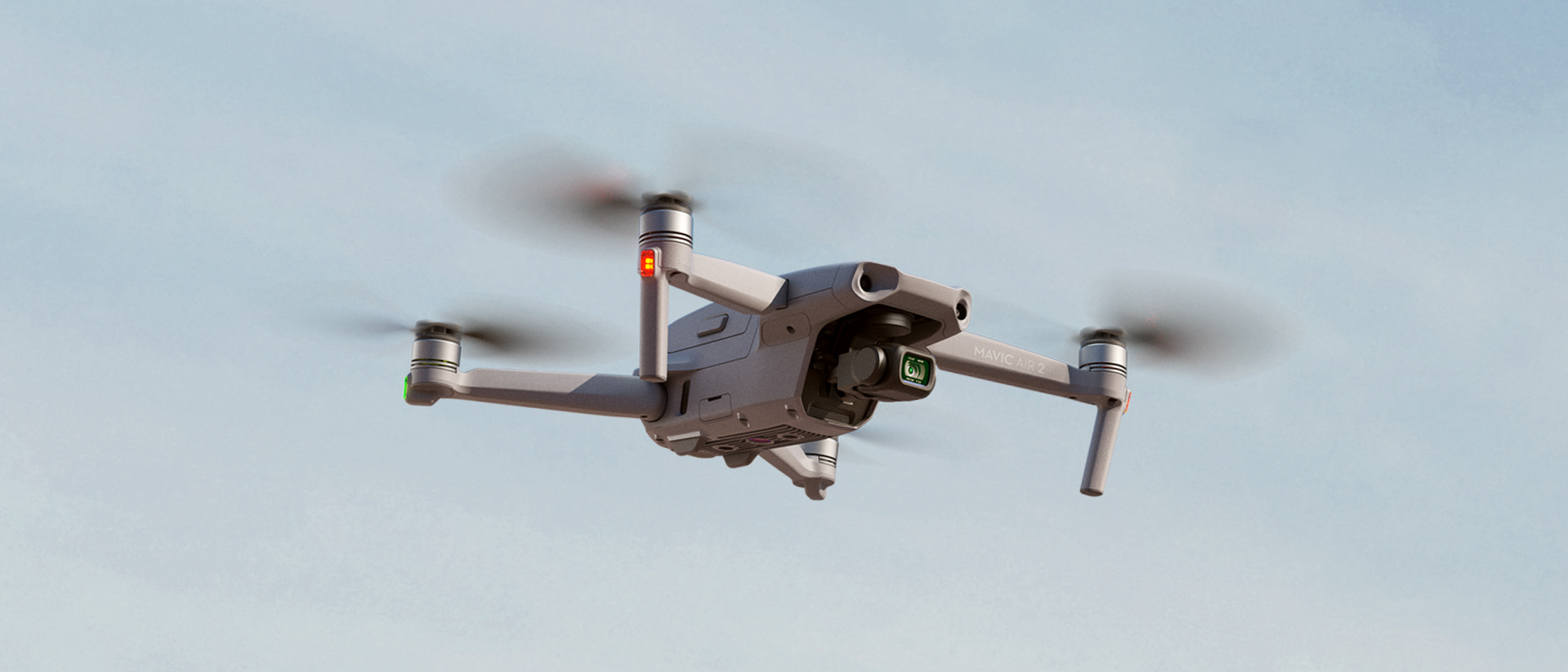
The Mavic Air 2 is reassuring in the air in a way that it’s junior sibling is not. While I have only been able to test in a light breeze so far, the new motors and speed controllers seemed to bolster the stability afforded by the extra weight. I wasn’t concerned about being blown around in the same way the Mavic Mini is. Perhaps more importantly, the Air 2 is really fun to fly; the out-of-the-box stick settings are just right, and the modes seem well balanced to photography or, in the case of Sport, fun.
The battery’s 34 minutes maximum, or 31 in hover, felt a tad optimistic, but no more so than any other equivalent drone’s quoted figure. I was given the low battery warning at around 26-28 minutes on my tests (which involved quite mixed flights). Given some of your flight is devoted to take off and landing, it feels like more than double the useful time the Air 1 presents.
Safety tech
The North American model (and only that one, at first) will be available with ADS-B, a technology which warns pilots about nearby aircraft. DJI brand their implementation AirSense, and the remote will vibrate and offer an on-screen warning if an aircraft with ADS-B enters nearby airspace, and the pilot of the other aircraft will be alerted to your presence. It will also, reassuringly, say ‘Takeoff Permitted’ if you’re OK to take off.
This is an exciting step, but it’s hard to quantify it’s benefits when you only have a few days to review a drone. It will be the largest deployment of this technology so far, though, simply because of the volume DJI sell in and the simple implementation is very encouraging.
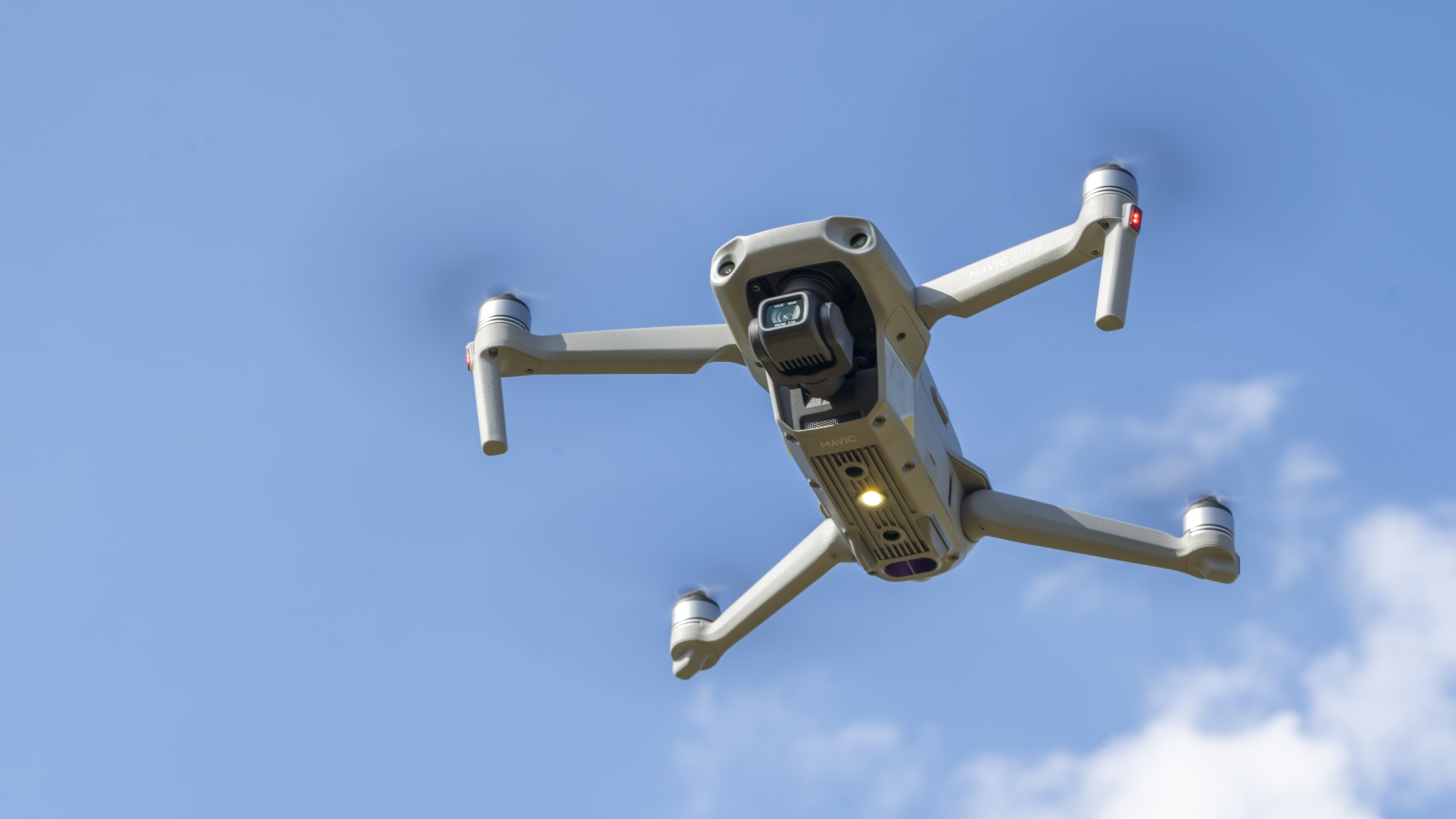
In terms of collision sensors, these can be found on the front, rear, and beneath, making it still perfectly possible to fly into an obstacle sideways or from underneath. This might be a tad disappointing, but these sensors also feed into what DJI call ‘ActiveTrack 3.0’. I certainly didn’t crash into anything while testing (despite trying).
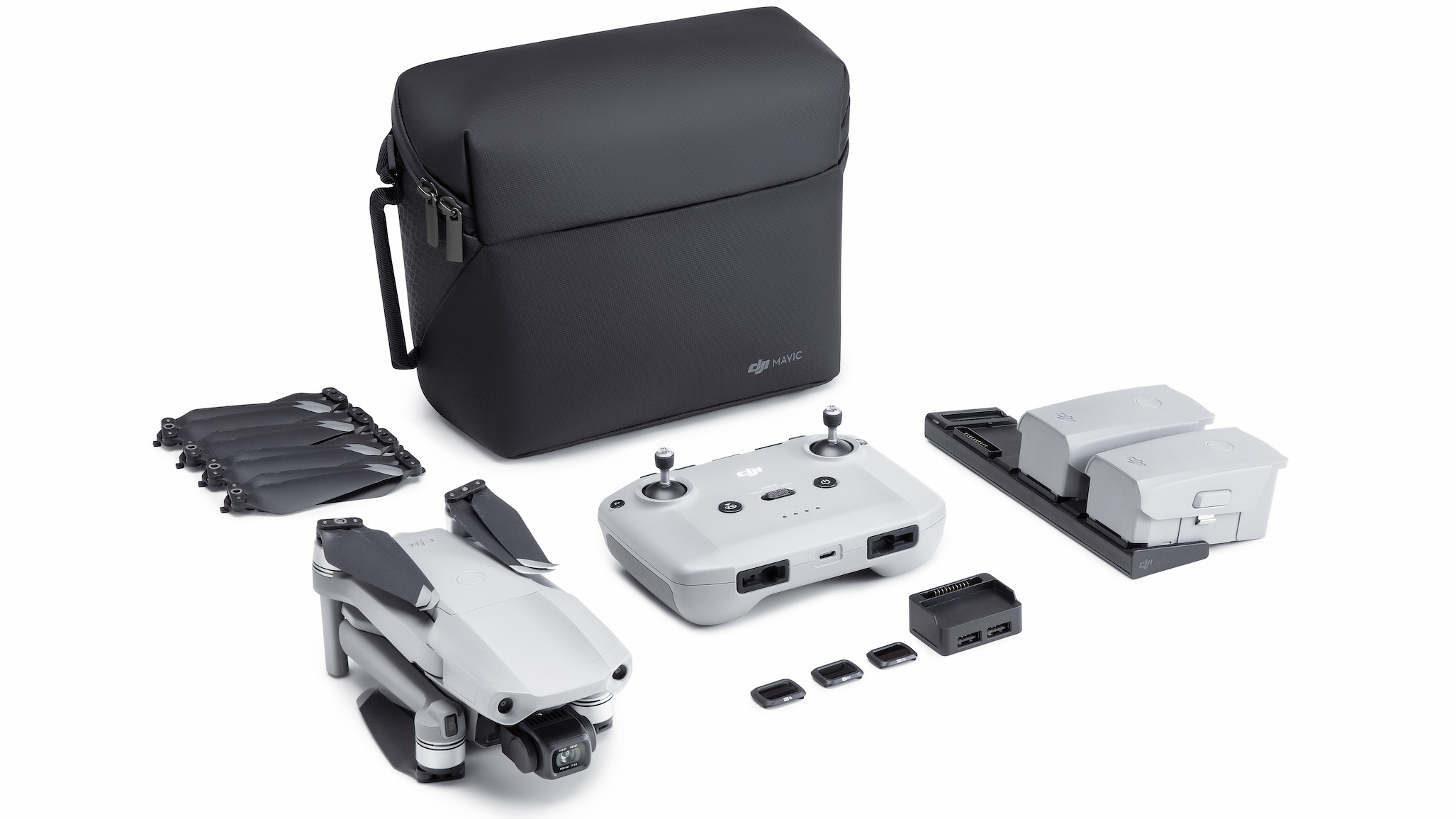
Verdict
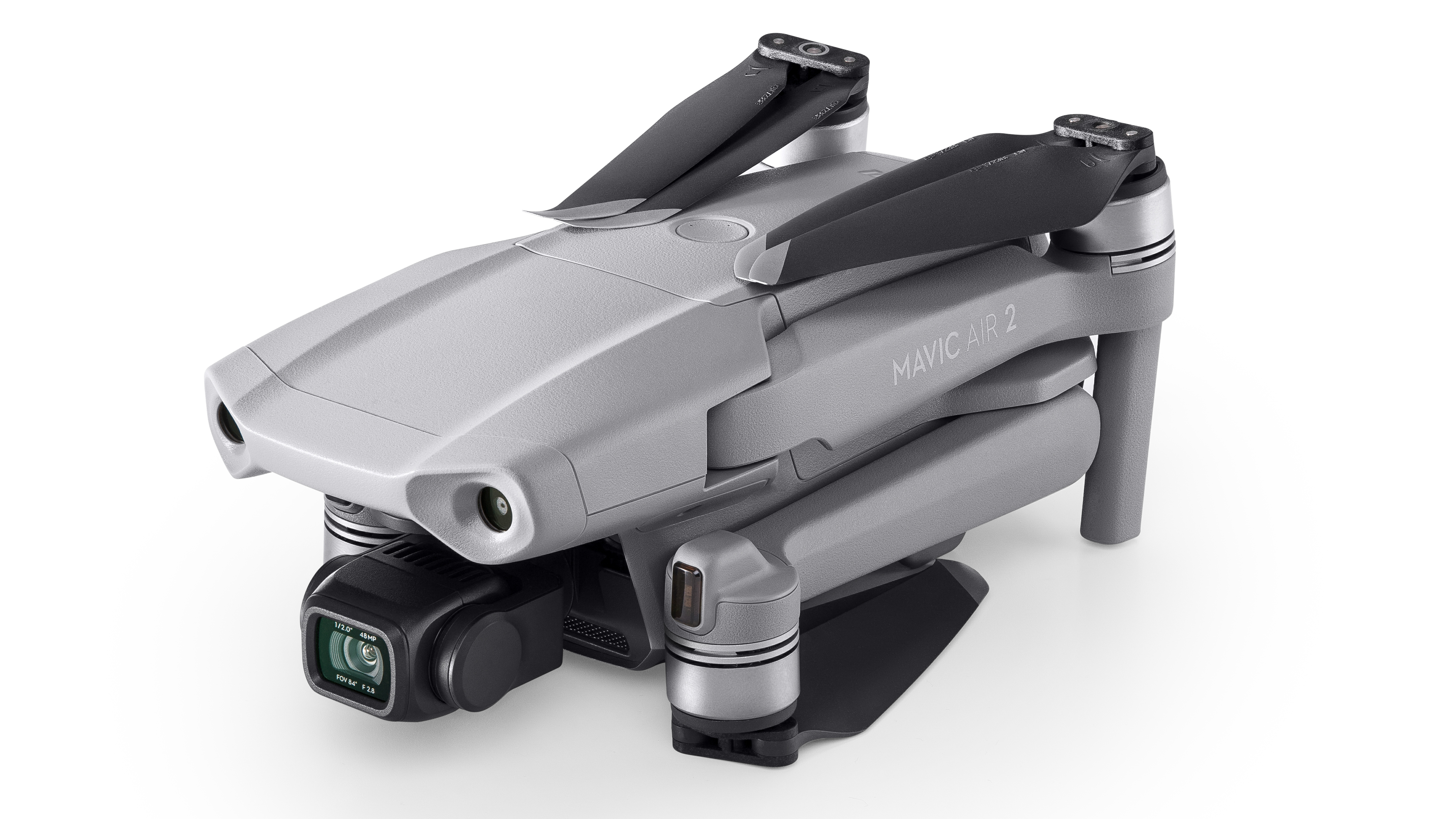
This is an excellent aircraft, and for most people the best Mavic they can buy. Yes, you’ll need to register it, but the extra weight rewards ten times over in terms of features and image quality. Content producers who use drones intermittently will likely find ActiveTrack and QuickShots do much of the hard work for them, yet the results still look professional, and the camera 4K 60fps video is – in good light at least – twice the frame rate of the Mavic 2 Pro with barely a drop in quality.
Read more:
The best camera drones in 2021

With over 20 years of expertise as a tech journalist, Adam brings a wealth of knowledge across a vast number of product categories, including timelapse cameras, home security cameras, NVR cameras, photography books, webcams, 3D printers and 3D scanners, borescopes, radar detectors… and, above all, drones.
Adam is our resident expert on all aspects of camera drones and drone photography, from buying guides on the best choices for aerial photographers of all ability levels to the latest rules and regulations on piloting drones.
He is the author of a number of books including The Complete Guide to Drones, The Smart Smart Home Handbook, 101 Tips for DSLR Video and The Drone Pilot's Handbook.
